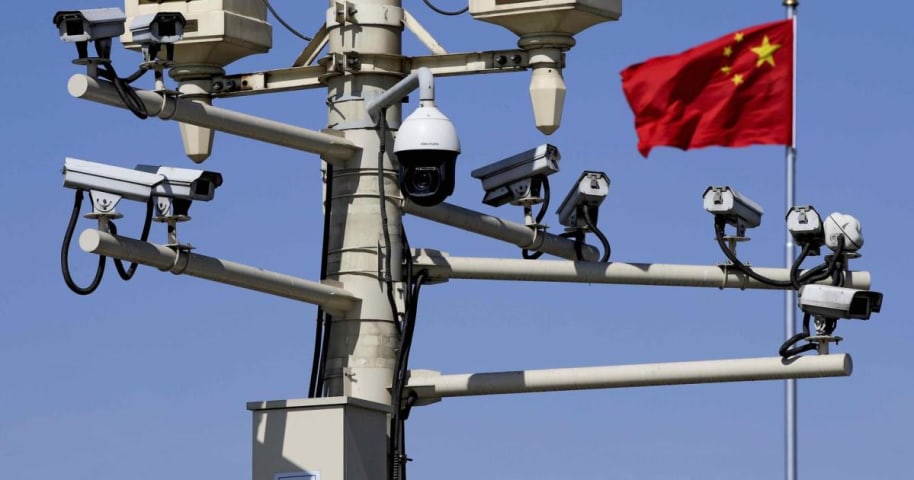概要: 中国政府は、新疆ウイグル自治区で地元のウイグル族やその他のトルコ系イスラム教徒を監視し、差別するために、顔認識や生体認証データの分析を含む一連のAI搭載デジタル監視システムを導入した。
Risk Subdomain
A further 23 subdomains create an accessible and understandable classification of hazards and harms associated with AI
4.1. Disinformation, surveillance, and influence at scale
Risk Domain
The Domain Taxonomy of AI Risks classifies risks into seven AI risk domains: (1) Discrimination & toxicity, (2) Privacy & security, (3) Misinformation, (4) Malicious actors & misuse, (5) Human-computer interaction, (6) Socioeconomic & environmental harms, and (7) AI system safety, failures & limitations.
- Malicious Actors & Misuse
Entity
Which, if any, entity is presented as the main cause of the risk
AI
Timing
The stage in the AI lifecycle at which the risk is presented as occurring
Post-deployment
Intent
Whether the risk is presented as occurring as an expected or unexpected outcome from pursuing a goal
Intentional
インシデントレポート
レポートタイムライン
Loading...

Since late 2016, the Chinese government has subjected the 13 million ethnic Uyghurs and other Turkic Muslims in Xinjiang to mass arbitrary detention, forced political indoctrination, restrictions on movement, and religious oppression. Credi…
Loading...

We used to worry about Terminator-type artificial intelligence robots dominating the human race, but what we are moving toward is more the opposite: humans are being turned into automatons with little freedom to decide what we do.
Across th…
バリアント
「バリアント」は既存のAIインシデントと同じ原因要素を共有し、同様な被害を引き起こし、同じ知的システムを含んだインシデントです。バリアントは完全に独立したインシデントとしてインデックスするのではなく、データベースに最初に投稿された同様なインシデントの元にインシデントのバリエーションとして一覧します。インシデントデータベースの他の投稿タイプとは違い、バリアントではインシデントデータベース以外の根拠のレポートは要求されません。詳細についてはこの研究論文を参照してください
似たようなものを見つけましたか?

